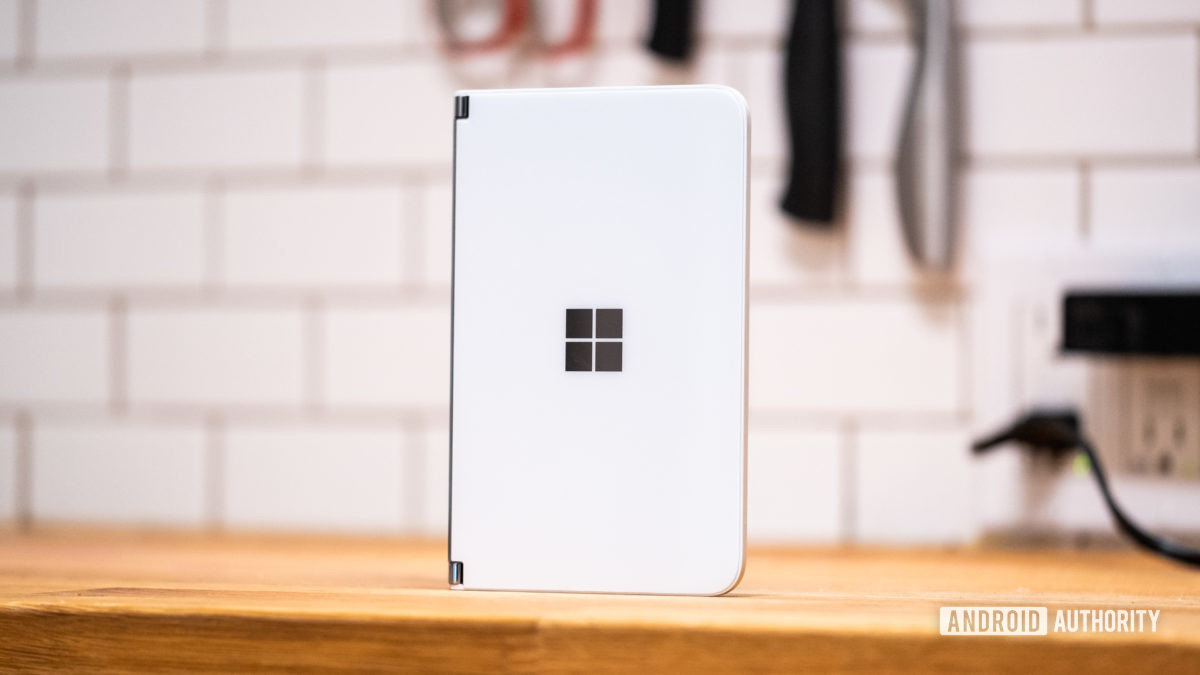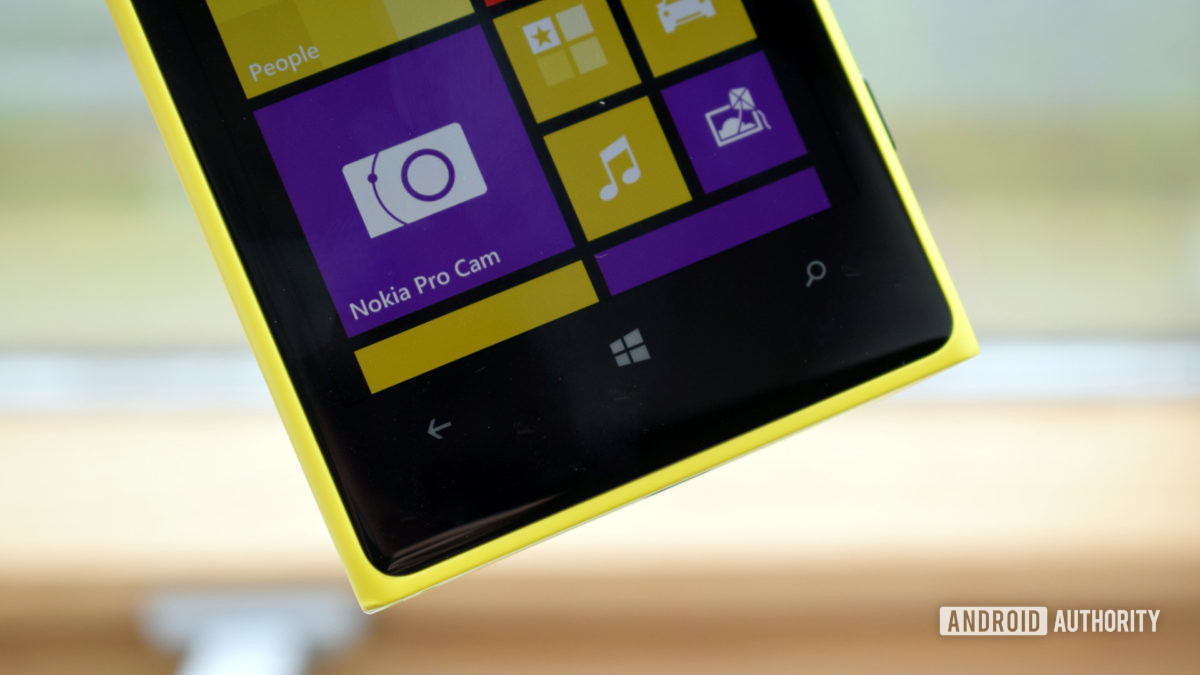
Today marks the anniversary of Microsoft buying Nokia’s phone unit in 2013, in a deal valued at €5.4 billion (over $7 billion) at the time. It was a major moment in mobile history, as Nokia was a pioneer in the industry and the acquisition gave Microsoft access to a ton of related patents and expertise.
Unfortunately, history shows us that the two companies failed to make a dent in Android and iOS over the long run. Microsoft would pull out of the smartphone space in 2017, only coming back in 2020 with the Android-powered Surface Duo.
Nevertheless, the Microsoft/Nokia partnership and eventual deal resulted in one rather whacky conspiracy theory emerging.
A Microsoft mole at Nokia?

Yes, one crazy conspiracy theory is that Nokia CEO Stephen Elop, who took over the reins as CEO in 2010, was a mole for Microsoft. This conspiracy theory actually emerged well before Microsoft bought Nokia.
An attendee at Microsoft and Nokia’s MWC 2011 event (where the two announced their initial partnership) asked Elop himself whether he was a trojan horse. The Nokia CEO denied that this was the case and said that the entire leadership team was part of the decision to go with Microsoft.
Sure, one outsider asking this question might not warrant attention, but the conspiracy theory gained legs when the topic was mooted by several Nokia employees in 2011.
Ex-Microsoft employee Stephen Elop was CEO of Nokia leading up to the €5.4 billion deal.
The Global Post first reported on these claims back in October 2011 (over eight months after Nokia and Microsoft teamed up for Windows Phone) in a piece titled “Nokia workers ask, is chief executive a Microsoft mole?”
“I think Microsoft will wait for Nokia’s share price to fall a bit more, and then it will buy them out,” one Nokia employee was quoted as saying at the time. Of course, this eventually happened in 2013.
More Microsoft coverage: These are the best Surface laptops and tablets
“It’s very suspicious to me,” another Nokia employee told the outlet. “If he wants good for the company, why is he trying to destroy it, and make the share price go down? There are a lot of conspiracy theories here.”
“Sometimes it’s hard to know where his loyalties lie,” a former employee was quoted as saying at the time.
These comments came months after Elop issued an infamous internal memo saying that Nokia was standing on “a burning platform.” It didn’t help matters that Elop had joined Nokia directly from Microsoft, where he was head of the business division that included Microsoft Office.
To be fair, Nokia was at a crossroads during this time. Its Symbian mobile operating system was a fractured, aging mess that wasn’t designed with touch in mind from the get-go. The company was also hard at work on its ambitious, in-house MeeGo platform, but this had been delayed several times before the first MeeGo phone eventually launched in late 2011.
Elop ‘was not a trojan horse’

Is there any truth to this conspiracy theory though? Well, aside from Elop’s aforementioned answer, possibly the best answer to this question can be found via a book written by two Finnish journalists in 2014. Operation Elop by Pekka Nykänen and Merina Salminen saw plenty of interviews conducted with people who had “first-hand knowledge” of Nokia’s happenings.
“After over a hundred interviews, we are completely convinced about one thing: The talk about any conspiracy behind Elop is without any basis,” the authors wrote. They continued:
Elop was not a Trojan horse. Microsoft did not smuggle him into Nokia with a plan to later buy Nokia’s phone business for a low price. Our interviews gave no indication—none, whatsoever—that would have hinted that this could have been even possible.
The journalists also noted that the conspiracy theory was “absurd” because Elop was chosen by the Nokia board. Furthermore, several major figures within Microsoft, such as Bill Gates and future CEO Satya Nadella reportedly expressed their strong opposition to Microsoft CEO Steve Ballmer wanting to buy Nokia in the first place.
However, the book does suggest that Elop “in many respects, is one of the worst CEOs in the world, if not the worst.” The authors note that Nokia was valued at €29.5 billion the day before Elop started, and €11.1 billion when Microsoft’s acquisition was announced. They also criticized Elop’s single-minded approach instead of offering a multi-pronged approach to smartphones as we saw with Samsung (offering Android, Windows Phone, and Bada devices).
A book charting Nokia under Stephen Elop asserts that he was a bad CEO rather than a mole for Microsoft.
Even so, some just won’t let the conspiracy lie. After Microsoft sold off the Nokia branding rights to HMD Global, HMD ended up working with Elop after the Canadian joined Australian carrier Telstra in 2016. While working for another publication back in 2017, I caught up with then-HMD CEO Arto Nummela and asked for his thoughts on the conspiracy theory. “I cannot comment. You’ll have to ask Stephen Elop,” Nummela grinned.
This is the nineteenth post in our “Did you know” series, in which we dive into the history books of Android and consumer technology to uncover important and interesting facts or events that have been forgotten over time. What do you want to see us cover next? Let us know in the comments.
- Did you know: Google’s first billion-dollar acquisition was a steal
- Did you know: Samsung’s first smartwatch had a camera
- Did you know: Sony once sold a Nintendo DS-style Android tablet
- Did you know: You could once buy Nvidia-powered smartphones
- Did you know: Xiaomi’s first product wasn’t a phone
- Did you know: The first smartphone to drop the headphone jack wasn’t an iPhone
- Did you know: The most popular music streaming platform isn’t Spotify
- Did you know: Roku was nearly a part of Netflix
- Did you know: Windows 10 Mobile (almost) supported Android apps
- Did you know: This 2014 Galaxy phone had 10X optical zoom
- Did you know: The first Nokia Android phone was released way back in 2014
- Did you know: This was the first water-resistant Android phone
- Did you know: The Surface Duo wasn’t Microsoft’s first dual-screen foldable
- Did you know: HTC owned Beats before Apple
- Did you know: The LG V40 opened the era of modern triple camera phones
- Did you know: Samsung once thought Android was a joke
- Did you know: Android was originally designed for digital cameras
- Did you know: The Samsung Galaxy Note was mocked and predicted to flop at launch